Workers’ Paradise
I have been in paradise. The paradise was at the end of one of those slippery slopes mentioned in this column last week.
The year was 1984. My wife and I were on a tour of Russia and three other republics of the Soviet Union. Collectively, they were known as the Workers’ Paradise.
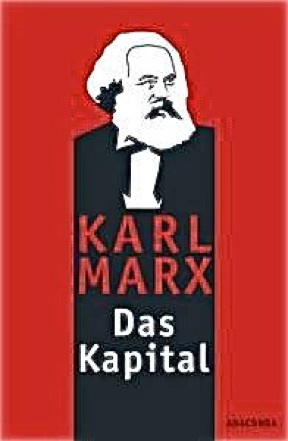
This paradise was the vision of Karl Marx that he proclaimed in “Das Kapital” in 1867. In this unrealistic dream, government would fade away as it claimed the wealth of the nation for everyone and redistributed it to everyone on a “fair” basis.
Under this view, wealth would be distributed from each according to his ability, to each according to his need. Marx refined this maxim in his 1875 “Critique of the Gotha Program,” believing that with the full development of socialism and unfettered productive forces, there will be enough to satisfy everyone's needs.
He did not, however, fully understand human nature. He did not foresee that the government bureaucrats charged with dividing the wealth pie would quickly learn that they could cut their own slice just a bit larger than the others. He also did not appreciate the fact that those with “ability” would resent having their slice of the pie the same size as those with “need.”
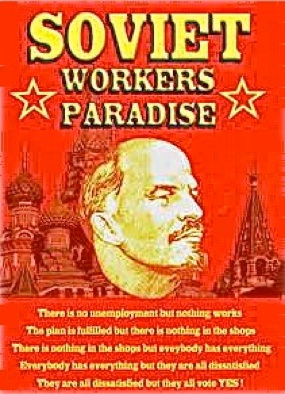
So the Workers’ Paradise grew from March, 1917, until my visit 67 years later.
The paradise I saw 30 years ago was more depressing than inspiring. The only smiles that I saw among the pedestrians were on tourists’ faces and some locals who appeared drunk.
There was a dearth of privately owned vehicles. The few we saw parked on the streets did not have windshield wipers. When we asked why there were no wipers, we were told that they were so scarce and expensive that they were a favorite target of thieves. So owners kept the wipers locked inside until needed.
The huge apartment complexes that were home for suburbanites were drab at best. There were none of the bright colors, window boxes full of geraniums or petunias, and frilly window curtains seen in most of the rest of Europe. Walls were cracking and entry halls were dirty and litter strewn. There obviously was no pride of ownership in those buildings.
The buildings under construction were prefabricated at some far off site. Entire sections complete with brick siding, windows, doors, etc. were stacked, waiting to be lifted into place. We noticed that some in the stacked supply of sections already had cracked siding, missing windows, and other defects.
We were told that, in most cases, because of damaged, missing, or maligned sections found on the final phase of construction, there were substantial delays waiting for replacements. This required reams of paperwork sent through many channels back to the prefab factory to churn out more sections.
That could explain why there was still a housing shortage in the cities 40 years after the destruction of WWII.
Sidewalks were also prefabbed. In many cases we stepped on rebar. The concrete mixture back at the plant had been too thin or poured in too thin a coat.
We left that paradise thankful that we were going home to a capitalist country where the workers were exploited by dirty capitalists. Oddly, however, when we hit the streets of New York, we saw workers everywhere smiling as they headed to their own bungalows, small as they might be, in the suburbs.
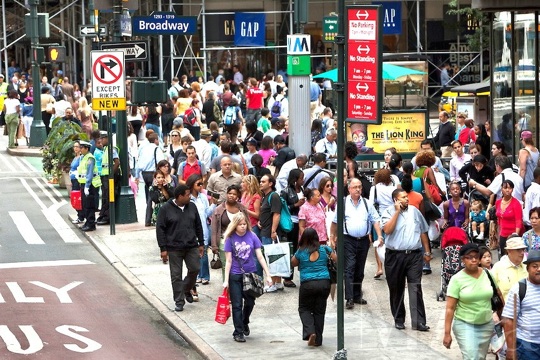
Ten years after leaving that paradise we visited another. In 1994, just a few years after the Berlin Wall had fallen, we toured East Germany, Poland, and the Czech Republic. Those countries had been Workers’ Paradises where they had to build walls to keep the happy workers from fleeing to the neighboring evil capitalist countries.
Previously, we had lived for five years in West Germany, one of the countries envied by the workers in the East. We first arrived in Bremerhaven, Germany, in 1959, just 15 years after the last allied forces’ bombs had virtually destroyed most of the major cities. We were amazed how difficult it was to find any evidence that the country had recently lain in ruins.
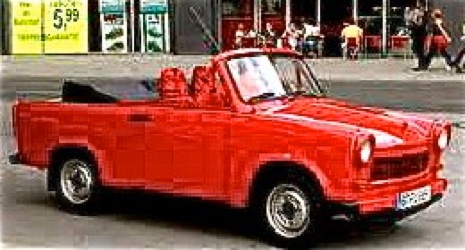
Not so in East Germany. Fifty nine years after the war, shell and bomb damage to buildings was still evident. Some historic buildings had not yet been rebuilt. The Trabat, which was East Germany’s answer to the West German Volkswagen was a joke. It was a piece of junk that could barely hold four adults.
There were, however, some smiles on the streets, particularly among the better educated and budding entrepreneurs. I visited with one young man in a small grocery store that he had just acquired as a private business. He said that times were still hard, but he could now anticipate a future with freedom and optimism.
So here’s the perspective.
The Workers’ Paradises I visited no longer exist.
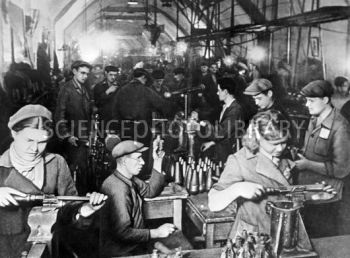
Are we now on one of those slippery slopes to a Workers’ Paradise? Some seem to be pushing in that direction.
The best example of one of those steps toward government omnipotence is the Affordable Care Act, the groundwork for the federal government becoming totally responsible for providing Americans their “right” to medical care.
How will that work? Just look at the VA medical care system.
Do we really want to go to Workers’ Paradise?
enough





